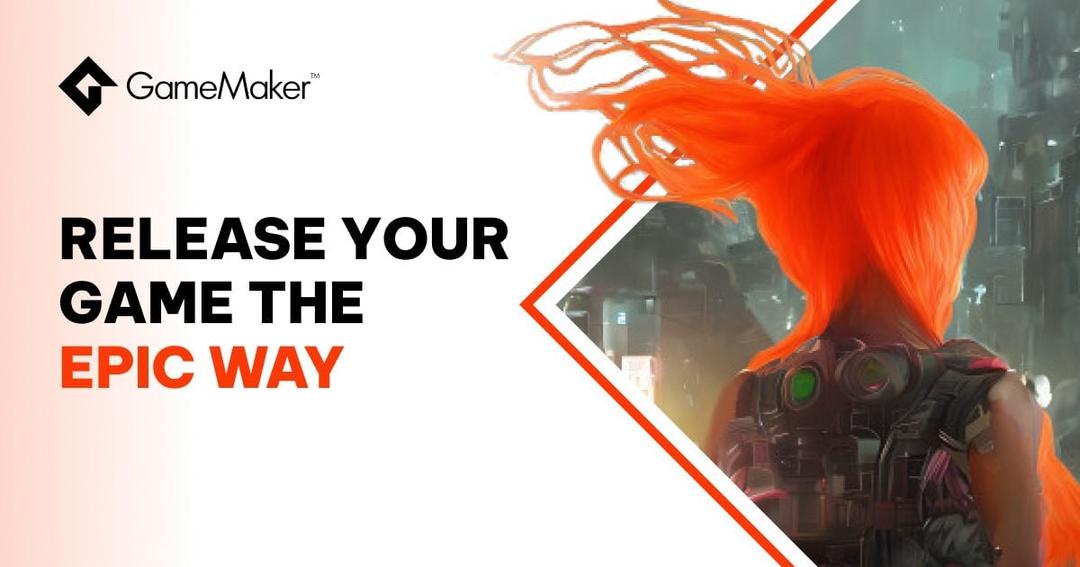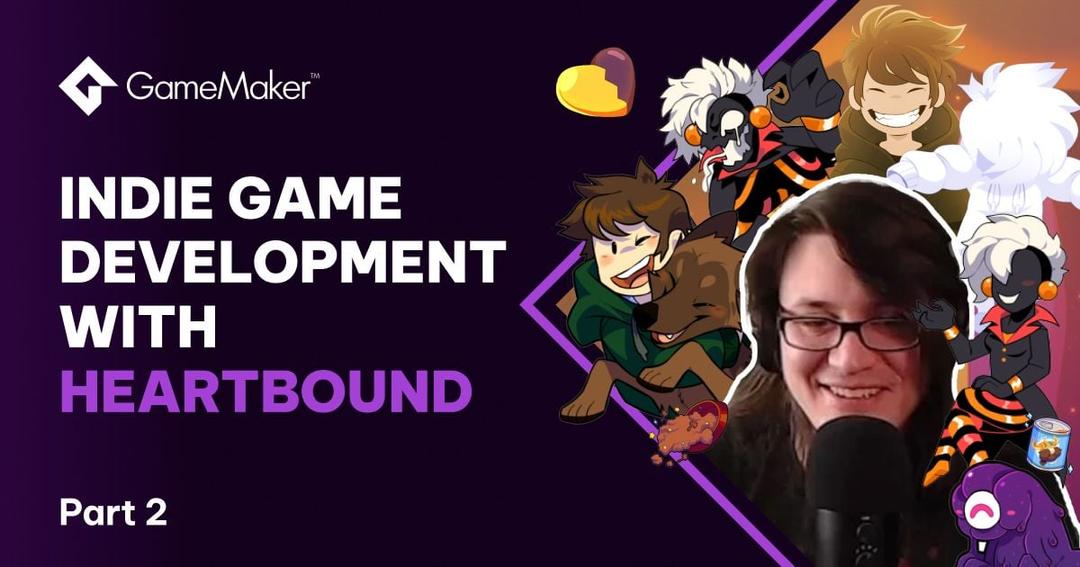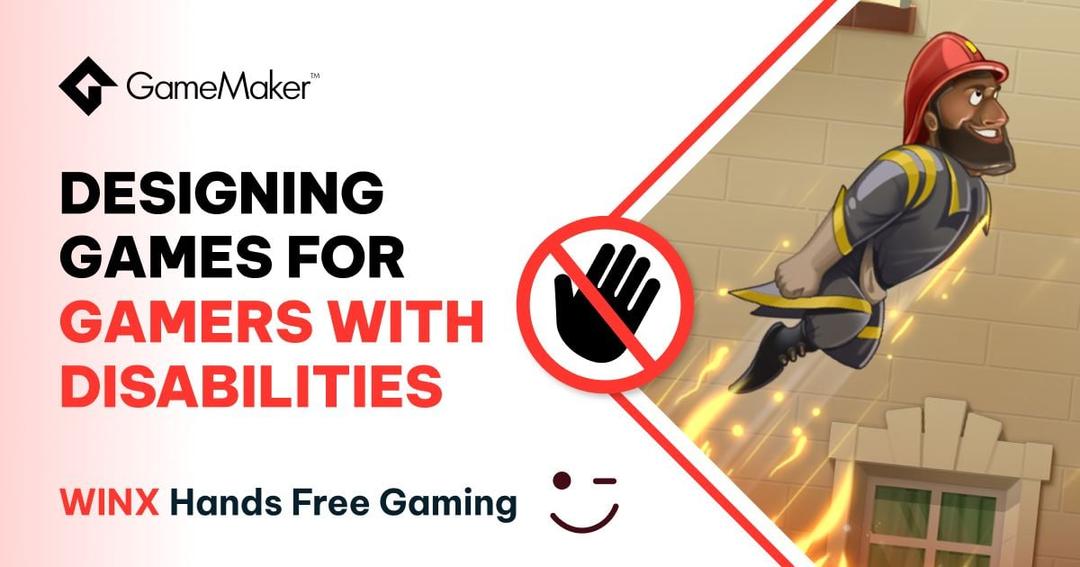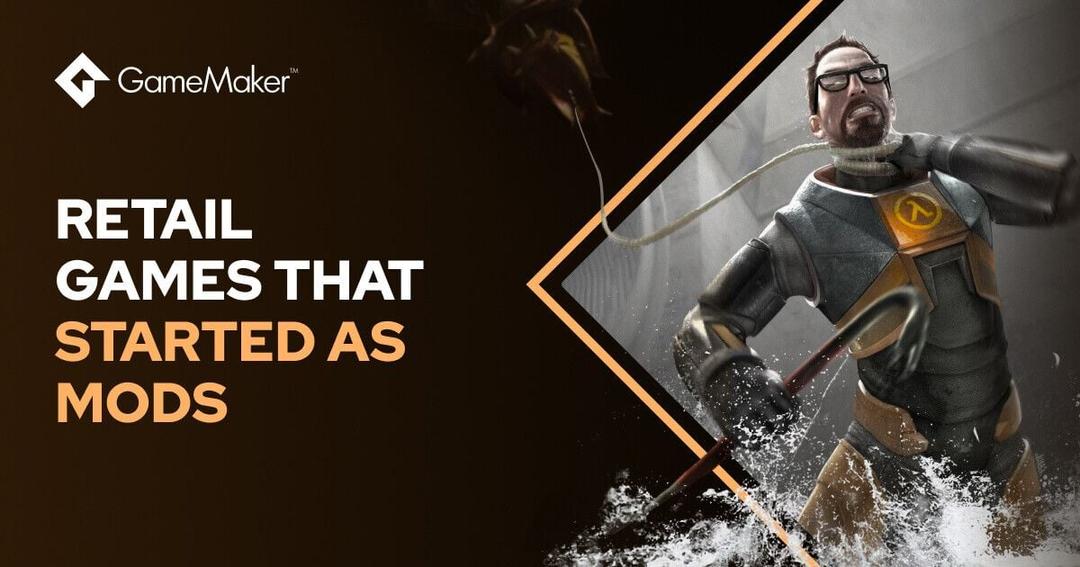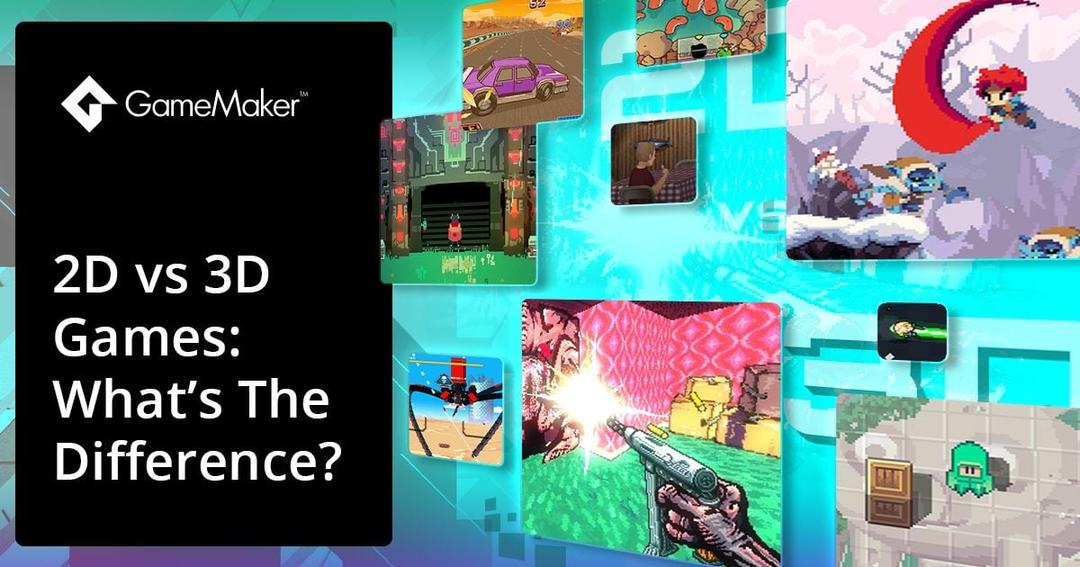How to Write Compelling Characters for Video Games
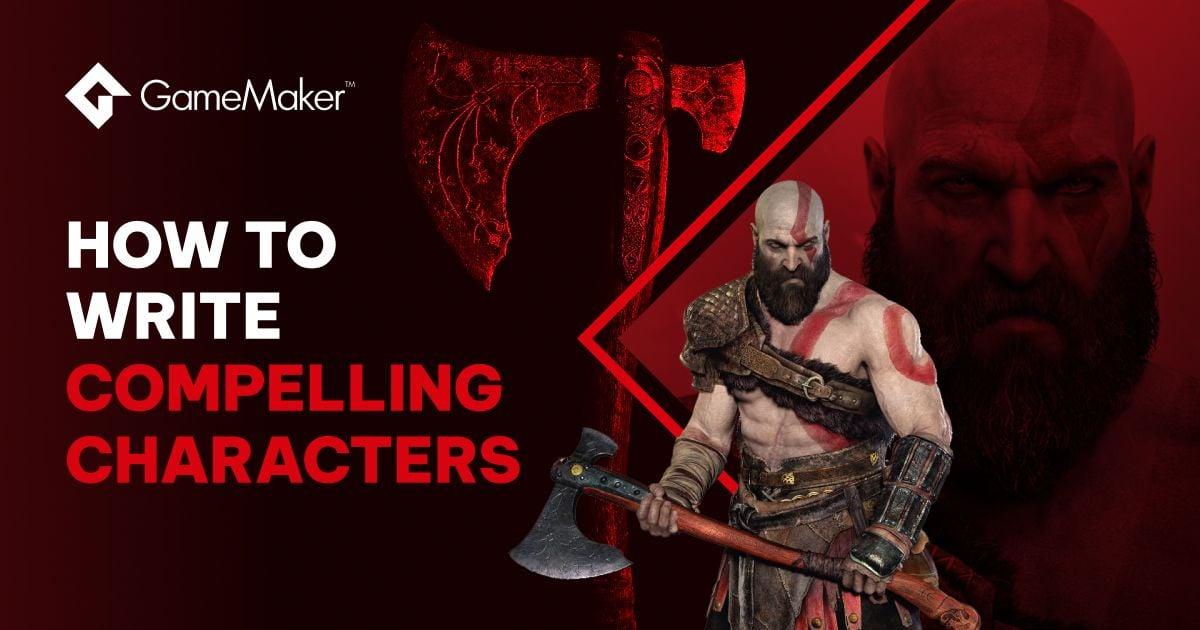
How to Write Compelling Characters For Video Games
‘If you create an engaging character, players will follow them anywhere.’ - Angus Fletcher
Just think about Kratos in God of War, or the hype around any of the Undertale characters - when you find a character you love, you want more of them even if it's just a new dialogue line or side quest.
When it comes to creating characters that draw you in, you need to know how characters work in video games as it's a different skill from writing for screenplays, comics, and novels. Read this article to understand how to design characters for video games.
This Article Includes:
- How to design characters for video games?
- Character Design
- Character archetypes in video games
- Player agency in character design
- How to bring video game characters to life
- Writing dialogue for video game characters
- How to create your own game
How to Design Characters for Video Games?
Your experience of a character changes whether you’re playing a game, reading a book, or watching a film.
In novels and films, you’re an onlooker watching a predetermined, linear narrative. Your time is spent revelling in a character's thoughts and struggles, helpless to intervene.
In video games, you can:
- Control how your character plays with a skill tree or game class.
- Customise your characters appearance.
- Affect relationships with non-playable characters (particularly in RPGs).
- Change the direction and outcome of your character's story.
The key takeaway: in novels and films, it’s about the characters. In games, it’s about you.

Hyper Light Drifter, developed by Heart Machine in GameMaker.
Character Design
Character design starts with a compelling backstory and world building.
How Do You Start Designing A Character?
The screenwriter of ‘Middle Earth’ and ‘We Free Men’, Angus Fletcher, designs his characters with the following method:
- Make your main character in conflict with the game world from the beginning.
- Make your main villain the polar opposite of the main character, upholding the world's rules. This will give your character a clear purpose from the get-go.
- If you’re still stuck, think about your world and what it needs, then design your character to personify that change.
Undertale is a great example of how this formula works in practice: you play as a small child who falls into a world of monsters, banished by the human race. Now their ruler plans to kill seven humans to break the seal that binds them there.
As a little human in a hostile monster world, the player character is in direct conflict with the environment, and through in-game choices, you determine the change that this world needs.

Undertale, developed by Toby Fox in GameMaker.
Character Archetypes In Video Games
Character archetypes are general character traits and personalities that have been used across cultures and throughout history, and they are used in games to give a character a role within your story, which compliments and drives the action.
Using archetypes can also help your character be immediately understood by players, so they can immediately immerse into the gameplay. Though, who doesn't love a twist when a mentor becomes a villain!
Examples of character archetypes are:
- Heroes - courageous, aiming to stop evil from taking over the game world.
- Villains - clever, with ambitions to corrupt the world and stop the hero.
- Mentors - wise and supportive to the hero on their journey.
You can read our blog on the ‘Seven Character Archetypes To Use In Your Games’.
Player Agency In Character Design
When a character is designed for a video game it always has player agency in mind. A games put YOU at its heart: it offers you control over your characters, their story, and their impact on the world.
The player character in games does this by being:
- A blank-slate, like the player in Pokémon.
- An idealised version of the player, such as Shepard in Mass Effect.
- Or a combination, like the eccentric custom character in Skyrim.
These types of character often can be personalised or controlled in ways with in-game effects:
- In Divinity Original Sin 2, your choice of race is important to your characters’ relationships, innate skills, and quests.
- In Team Fortress 2, a Scout has a completely different way of fighting to a Pyro. You choose a character and class that fits how you play.
- In Celeste, you climb a mountain in stereotypical platformer fashion, but the direction you go is up to you. The different routes you can take create different problems that can be solved in a variety of creative ways, creating a journey that’s completely your own.
A word of warning! Make sure that anything a player chooses to do makes sense in the game’s world. Strengths, weaknesses, and abilities need to be balanced with the gameplay and reflect the game world - if you do this badly, it’ll create a disconnect known as ludonarrative dissonance.

Rain World, developed by Videocult.
How To Bring Video Game Characters To Life
Make a character feel alive by making them relatable.
Motivation
There’s an evil warlord threatening to enslave the world. Stopping him sounds arduous and risky, so why on GameMaker’s earth would your characters decide to try and stop him?
Perhaps they’re afraid. The anxiety of losing loved ones might be enough to trump any consideration of their own death.
- In The Legend of Zelda (NES), you fear losing a princess to the evil villain.
- In Borderlands, you’re scared of losing ancient treasures to an intergalactic corporation.
- In Hyper Light Drifter, you’re scared of dying to a mysterious illness.
Find a strong motivator that is recognisable for each of your video game characters - even those incomprehensibly evil villains.
Empathy
There are two types of empathy in video games:
- Emotional, where you feel the same emotions as the character and see the world through their eyes
- Cognitive, where you understand a character and want to take care of them.
Let’s take the BAFTA award-winning God of War as an example:
- In Kratos, we develop emotional empathy as we watch a once bloodthirsty slayer of Gods try to change his ways for the sake of his son.
- In Atreus, Kratos’ son, we develop cognitive empathy as we watch him struggle to understand his father and the world around him.
The drives of parenthood and protecting your loved ones are common to the human experience. For a game as big as this, choosing a broad subject that connects to everyone is wise.
Another trick is provoking a shared consequence between you and the video game characters. In Wildermyth, getting your characters killed or maimed can alter relationships and deprive you of gear and abilities.
Sharing a sense of shared loss with game characters will help create emotion in ways only games can.

God of War, developed by Santa Monica Studio
Writing Dialogue for Video Game Characters
Creating a sense of character in video games can be hard. Most people want to play games - they aren’t there to read or watch them.
Despite this, dialogue can be one area to develop a vivid personality for your characters.
Lessons in Dialogue from Hotline Miami
You’re in a game, tension is high and you’re fully immersed. What do you want to read? What makes effective game dialogue, and how does it affect character design?
Consider Hotline Miami. You spend the game violently murdering scores of people, widowing their wives and orphaning their children, with no regret or consequence - but then, you meet Richard, and in one six-word line he alters your entire perception of Hotline Miami's gameplay forever.
'Do you like hurting other people?', he says.
Bang, a shotgun just smashed the fourth wall like a freight train through a sheet of glass. Richard has cast the spotlight on you: what's this all been for? What did all this bloodshed achieve? Or... did you just enjoy it? This is effective at capturing the tension of the game, and characterising the character and player themself.
Archaic Language In Dialogue
Depending on your game, era-appropriate dialogue can have a significant impact on your character's feel. It can be hard to master, since archaic verbiage like ‘elsewither’ and ‘clodpoll’ aren’t loved by everyone and often need to be used in the right time and place.
Ask yourself about your audience: what will they want from their dialogue? How much archaic language should you use to show your character's background or context? Should it only be used in menus, items, and in-game references?
Think about the Total War series’ where you hear dialogue like:
- "If our daimyo is to become Shogun, military ruler of all Japan..." - Shogun Total War 2
- “Your burgeoning realm is noted by even the most distant of kings and bestial lords!" Shogun Total War 2
- “Ave, great leader.” - Rome Total War
There’s a mixture of archaic words, cadences, and modern language. Find the correct balance in dialogue and it will design an immersion between the player and the time and space of the game.
Barks
Barks are small bits of dialogue that an NPC or your character might say unprompted. Think of shouting: ‘It’s over here!’ when you’ve been looking for a treasure chest for 25 minutes, or your character whispering, ‘easy does it’ as you sneak across a rickety bridge.
What the bark is, and how it's said, can leave the player with new ideas about the character's personality. Barks can be useful to aid immersion, streamline gameplay, and if written shrewdly, help build the personality of your character and NPCs.

Stardew Valley by ConcernedApe
How To Create Your Own Game
Now that you’re full of new character ideas for your latest game, it’s time to download GameMaker and get to work!
GameMaker is the industry’s premier 2D game engine, used by thousands of developers every day to create indie classics like Undertale, Hotline Miami, and Hyper Light Drifter.
It’s completely free and you can keep it forever, with dozens of written guides and video tutorials to help you bring your creativity to life.
Happy GameMaking!


